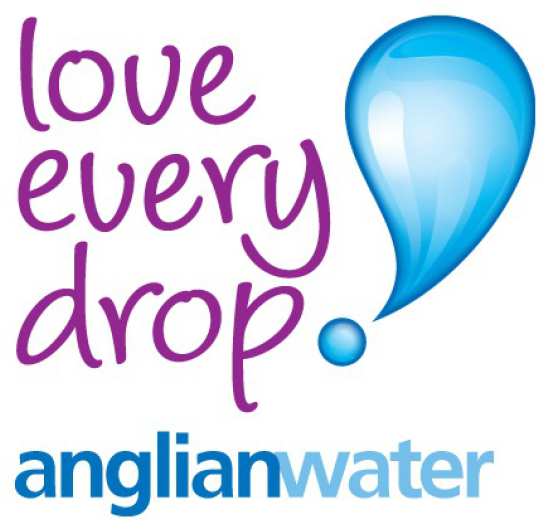UV/ H2O2 treatment of drinking water and by-product formation
- In collaboration with: Wetsus Water Centre in the Netherlands
- Student: Sofia Semitsoglou-Tsiapou
- Supervisors: Prof. Nigel Graham and Dr. Michael Templeton
- AW project manager: Barrie Holden
 Micro-pollutants arising from industrial and agricultural activities present an increasing challenge to the water industry. The optimization of conventional water treatment methods and the development of new, promising ones are required. Chemical oxidation processes, such as ozonation, along with treatment steps such as coagulation and GAC filtration, are widely used for the treatment of drinking water currently.
Micro-pollutants arising from industrial and agricultural activities present an increasing challenge to the water industry. The optimization of conventional water treatment methods and the development of new, promising ones are required. Chemical oxidation processes, such as ozonation, along with treatment steps such as coagulation and GAC filtration, are widely used for the treatment of drinking water currently.
Advanced oxidation processes (AOPs), such as the combination of UV and hydrogen peroxide (H2O2), are starting to be applied as alternatives to the conventional treatment methods, for example in view of ozone-recalcitrant compounds (e.g. pesticides, such as metaldehyde and clopyralid) and the potential for harmful by-product formation (e.g. bromate) in waters that contain bromide. AOPs rely on the in-situ production of hydroxyl radicals (·OH), which act as a very strong, non-selective oxidant.
The aim of this project is to investigate the application of UV/H2O2 AOP to achieve the elimination of specific challenging micro-pollutants, while monitoring the formation of reaction by-products that could have a negative impact on downstream treatment processes and final water quality, ensuring compliance with EU/UK water quality legislation.
